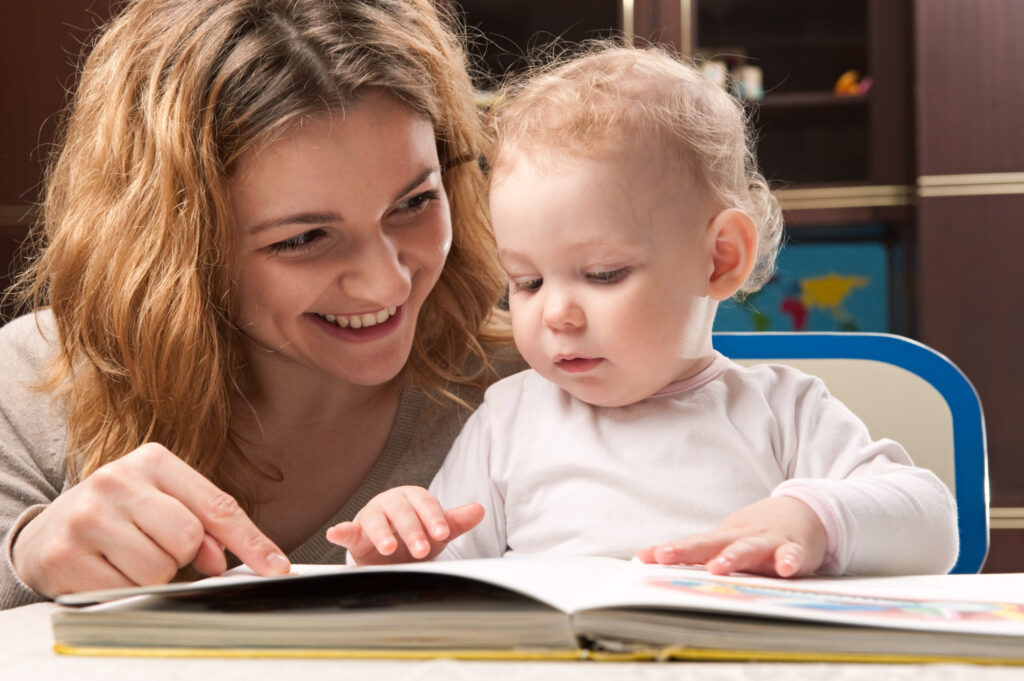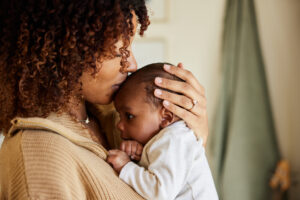Language Development Milestones
Tracking a child’s speech and language development milestones is important in helping parents understand their child’s overall development, and allows them to identify when there may be a delay, and in turn when this delay might signal or indicate a bigger problem.
Speech and language delay may be linked to issues with hearing, general developmental delay, or connected to developmental delay as a symptom of a rare disease or genetic syndrome.
Other times it may be the result of a lack of stimulation and communication at home. Talking and responding to babies and children as they learn to communicate and eventually to speak, is a crucial part of fostering healthy speech and language development.
Language development milestones cover both speech and language goals and are organized by the age at which an infant or child would be expected to reach each language development milestone.
Issues reaching these developmental milestones can lead to a diagnosis of one of or more than one of the following:
- Receptive language disorder: this involves issues with compression and understanding what others are saying
- Expressive language disorder: this means issues with sharing thoughts and feelings either verbally or through reading and writing.
- Speech disorder: this means issues with saying and using sounds in speech, the presence of a stutter, or any issues with the voice when speaking or which might hinder speech.
For many children, early intervention and support with developing their language, are the key to them achieving their milestones by age.
Here are some of the main language (covering both language and speech, as well as comprehension and understanding) development milestones organized by age, birth to 3 years old:
| Age | Language Development Milestones |
|---|---|
| 0-5 months | Makes babbling and or cooing sounds, can vocalize a range of sounds expressing emotion (crying, laughing, protesting) |
| 6-12 months | Use actions or gestures to communicate, attempts to imitate or copy words used by those around them, use babbling to try and communicate, say their first word |
| 13-18 months | Can use 4-5 different words to refer to people or objects, understands that a word can be used for one item (e.g. dog for dog and not the dog for every animal), understands and responds to simple questions and instructions, even if nonverbally |
| 19-24 months | Has an increasing number of words they use to communicate (anywhere from 30-50 words), can associate sounds with objects (e.g. animal noises to the animal), begins to put 2 or more words together (more apple), names common, everyday objects around them (food, people, animals) |
| 2-3 years | Can understand and use pronouns (you, me, her), speaks using 3 words or more sentences, can use adjectives to describe objects (big, small), can answer simple questions, understands patterns of speech (for example questions, exclamations) |
How can I help my child reach their language development milestones?
Infants and children develop their communication, and language skills in environments that are rich in language and speech. Talking to babies and children is a crucial part of this development, and can involve talking them through their day when they are very small and unable to respond verbally yet.

Reading stories to children, and enjoying books together fosters rich language development. Songs and rhymes also help infants and children build their comprehension skills and their vocabulary.
Ensuring your child meets language development milestones is crucial for effective communication. FDNA’s free, secured AI Child Development Checker helps you assess their progress at home, offering personalized insights and connecting you with experts for further support. Use it to proactively address any concerns and better understand your child’s language development.
Evaluation
Don’t let your questions stay questions
Ease your concerns, gain a better understanding of your child’s development process, and connect with medical professionals in your area.


